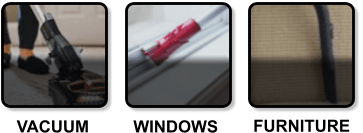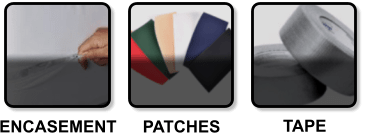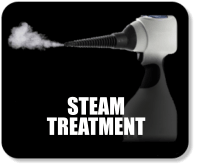











| Location / Item | Pesticide | Form | Usage / Hazards |
| Mattress, upholstered surfaces Folds and seams only | Various Pyrethroids; Chlorfenapyr | Liquid, Areosol | Do not spray around open flame or heat sources or electrical sockets Allow product to dry |
| Diatomaceous Earth (silicon dioxide) | Insecticidal Dusts | Inhalation hazards | |
| Soft / Upholstered Furniture | Pyrethrins | Liquid, Areosol | Lung, eye, skin contact hazards |
| Wall / Floor Cracks, Crevices only | Various Pyrethroids; Chlorfenapyr; Imidacloprid | Liquid | Do not use around flame, heat, electrical sockets Allow product to dry before re-entering |
| Diatomaceous Earth (silicon dioxide) | Insecticidal Dusts | Avoid applying diatomaceous earth to large floor surfaces | |
| Carpet Edges Baseboard-carpet edges | Pyrethroids, Pyrethrins, or Dinotefuran often formulated with Diatomaceous Earth | Liquid | Do not use around flame, heat, electrical sockets |
| Hard Furniture Bed frames, Bookcases, Dressers | Various Pyrethroids and Pyrethrins | Liquid | Do not apply to surfaces where skin contact occurs; avoid eye contact |
| Wall Voids Behind electrical outlets/wall switches | Diatomaceous Earth (silicon dioxide) | Insecticidal Dusts | Inhalation hazards |
| Electronics | Dichlorvos | Chemical Fumigation | For professional use only |

